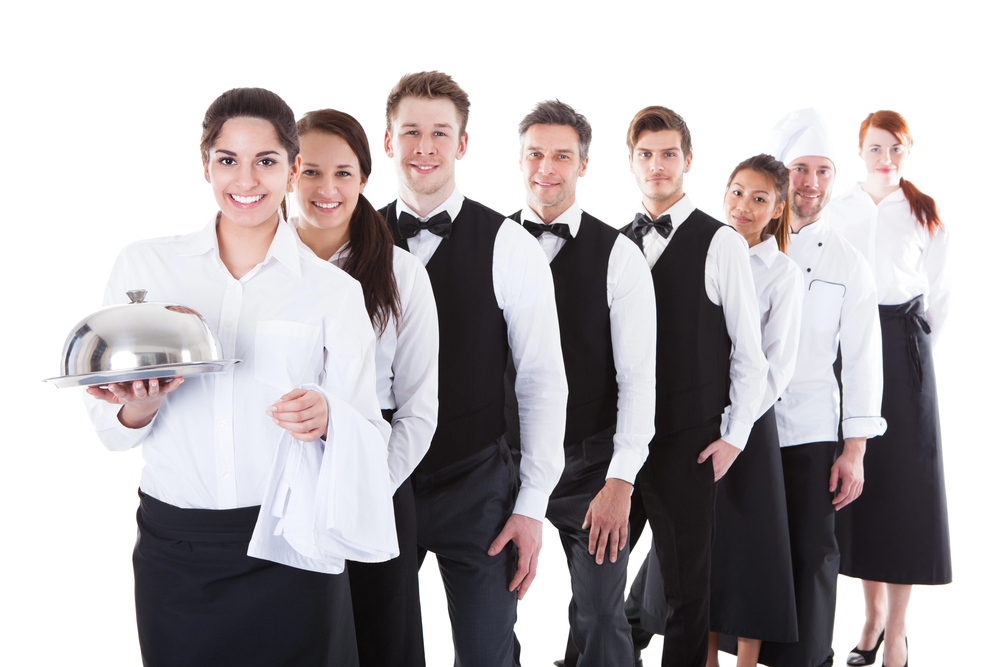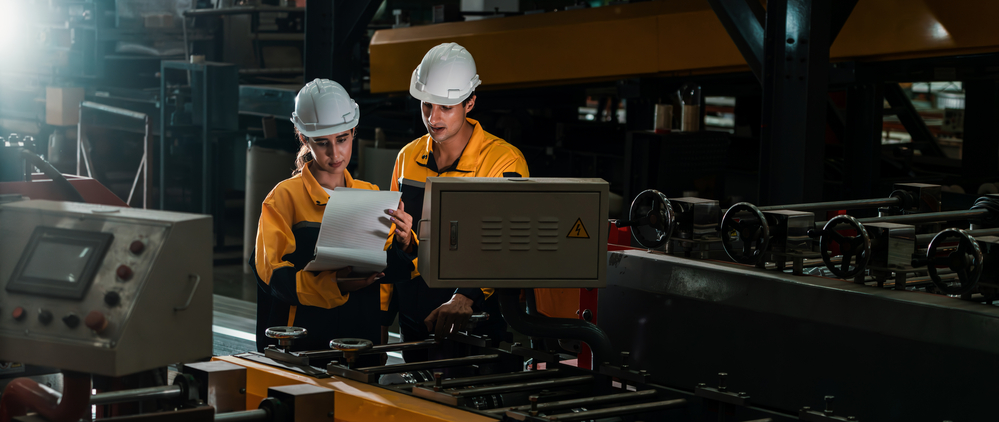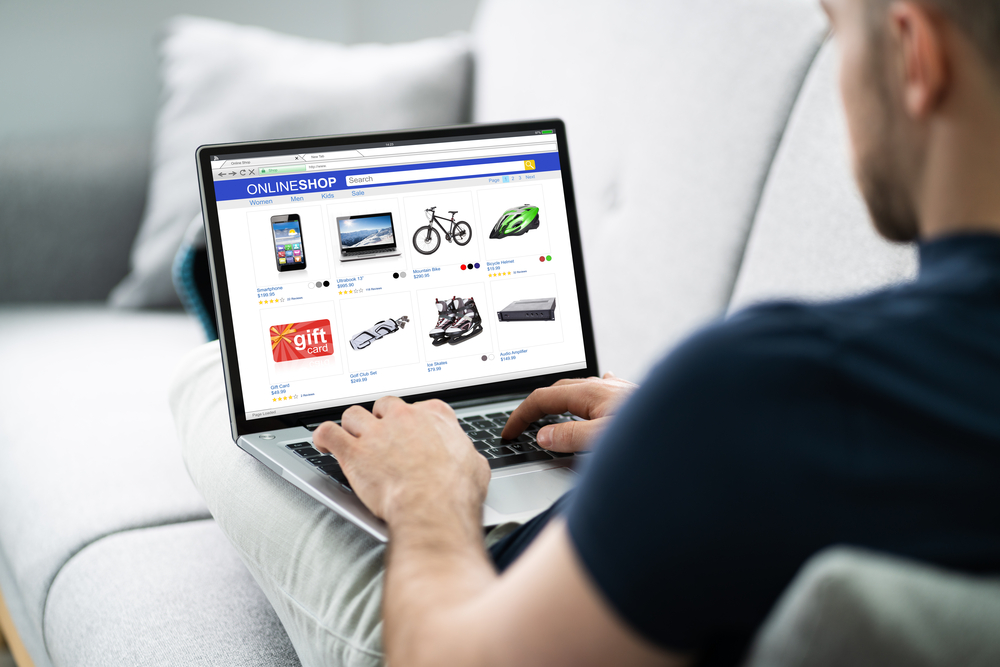Welcome to the world of restaurant web page design, where your restaurant’s online presence can make all the difference. As the digital landscape continues to evolve, having an attractive and user-friendly website is crucial for attracting more customers and standing out from the competition. As Steve Jobs once said, “Design is not just what it looks like and feels like, design is how it works.” This powerful quote reminds us of the importance of not only creating visually appealing websites but also ensuring they are functional and easy to navigate.
In this article, we will explore the top 6 strategies for designing a restaurant web page that will elevate your online presence and help you attract more customers. From responsive web design to easy navigation, online menus, and customer reviews, we will cover all the essential elements that make for a successful restaurant website.
1. Responsive Web Design
When it comes to web design for restaurants, one of the key strategies to consider is implementing responsive web design. With the increasing use of mobile devices, it is crucial to have a website that adapts to different screen sizes, providing users with an optimal browsing experience regardless of the device they are using.
Responsive web design ensures that your restaurant’s website looks and functions seamlessly on desktops, tablets, and smartphones. By creating a website that automatically adjusts its layout and content to fit different screen sizes, you can attract and engage customers across various devices, offering a consistent user experience.
Responsive design prioritizes readability, ease of navigation, and visual appeal, guaranteeing that visitors can browse your restaurant’s website effortlessly and access the information they need without any inconvenience or frustration.
Investing in responsive web design is crucial for improving user engagement and increasing conversion rates. By providing a smooth and user-friendly experience on any device, your restaurant can effectively showcase its offerings, promote special events, and encourage online reservations or orders.
Moreover, responsive web design positively impacts your search engine rankings, as search engines like Google consider mobile-friendliness as a ranking factor. With a responsive website, you can improve your visibility, organic traffic, and overall online presence.
Why Responsive Web Design Matters:
- Enhanced user experience on all devices
- Consistent branding and messaging
- Better search engine rankings
- Increased organic traffic
- Improved conversion rates
| Mobile Traffic | Desktop Traffic |
|---|---|
| 60% | 40% |
As shown in the table above, mobile traffic accounts for 60% of overall website traffic, highlighting the importance of having a responsive web design for your restaurant.
2. Visual Appeal
The visual appeal of your restaurant website plays a significant role in attracting customers. Attention should be given to high-quality food photography, engaging videos, and an appealing color palette that reflects your restaurant’s brand identity.
High-Quality Food Photography
Invest in professional food photography to showcase your restaurant’s delicious offerings. High-quality, mouthwatering images will entice customers and give them a taste of what to expect when dining at your establishment. Capture the vibrant colors, textures, and presentation of your dishes to make a lasting impression.
Engaging Videos
Consider incorporating engaging videos on your website to bring your restaurant to life. Show behind-the-scenes footage of your chefs preparing meals, highlight the ambiance and atmosphere, or showcase customer testimonials. Videos are a powerful way to engage and captivate your audience, giving them a sneak peek into the unique experience your restaurant offers.
Appealing Color Palette
Choose a color palette that aligns with your restaurant’s branding and evokes the desired emotions. Colors can have a powerful impact on the viewer’s perception, so select hues that reflect the ambiance, cuisine, and personality of your establishment. Use colors consistently throughout your website to create a cohesive and visually pleasing experience for visitors.
Sample Table – Visual Appeal Checklist
| Components | Description |
|---|---|
| High-Quality Food Photography | Showcase visually appealing and appetizing images of your dishes |
| Engaging Videos | Include videos that highlight your restaurant’s atmosphere, cuisine, and customer testimonials |
| Appealing Color Palette | Select colors that align with your brand and create a pleasant visual experience |
3. Easy Navigation
Ensuring easy navigation is essential for a user-friendly restaurant web page. To create a seamless browsing experience, implement the following strategies:
1. Clear Menus
Organize your website’s menus in a logical and intuitive manner. Use descriptive labels that accurately represent each section or category. Avoid overwhelming visitors with too many options – aim for simplicity and clarity.
2. User-Friendly Search Features
Include a search bar prominently on your website’s header or sidebar. This allows users to quickly find specific items, such as menus, contact information, or special offers. Implement intelligent search functionality that provides relevant results even with misspellings or partial queries.
3. Intuitive Navigation Elements
Design your website’s navigation elements, such as dropdown menus or sidebar links, to be visually distinctive and easy to interact with. Use clear labels and intuitive icons to guide users through your site. Ensure that these elements are responsive, especially on mobile devices, to enhance user experience.
| Easy Navigation Checklist |
|---|
| Implement clear menus |
| Include a user-friendly search bar |
| Design intuitive navigation elements |
4. Online Menus and Ordering
In today’s digital age, having online menus and ordering capabilities is essential for restaurant websites. By implementing these features on your website, you can provide a seamless and convenient experience for your customers, encouraging them to explore your offerings and place orders. Let’s take a closer look at how online menus and ordering can enhance the functionality and user experience of your restaurant web design.
Convenient Menu Access
With online menus, your customers can easily access your offerings at any time, eliminating the need for physical menus or brochures. By displaying your menu on your website, customers can explore your dishes, view descriptions and prices, and make informed decisions about their orders. This accessibility is particularly useful for customers who prefer to plan their meals in advance or have dietary restrictions.
Visual Appeal
When designing your online menu, focus on creating visually appealing layouts that showcase your dishes effectively. Incorporate high-quality food photography and enticing descriptions to engage your customers’ senses and make their dining experience more enticing. Use a well-structured format with clear sections and categories to help customers navigate your menu effortlessly.
User-Friendly Ordering Process
Implementing an easy-to-use online ordering system streamlines the process for your customers. Ensure that your ordering platform is intuitive, with clear instructions and prompts that guide users through each step. Enable customers to customize their orders, select options such as portion sizes or add-ons, and provide clear information about delivery or pickup options. A user-friendly ordering process enhances customer satisfaction and encourages repeat orders.
Integration with Reservation Systems
Integrating your online menus with reservation systems allows customers to seamlessly move from browsing your offerings to making reservations. By providing a unified experience, you can simplify the booking process and convenience for your customers. They can view your menu, make a dining reservation or order takeout, and even arrange special requests, all within a few clicks. This integration enhances the overall user experience and boosts customer satisfaction.
Promotions and Special Offers
Online menus also provide an effective platform for promoting your restaurant’s special offers and discounts. Showcase limited-time deals, happy hour specials, or seasonal promotions directly on your menu page. By highlighting these offers, customers are more likely to take advantage of them, increasing their engagement and the likelihood of conversions. Make sure to include clear calls to action so that customers can easily access these deals.
| Benefits of Online Menus and Ordering |
|---|
| Convenience for customers, allowing them to browse menus and place orders at any time |
| Visual appeal and enticing descriptions that enhance the dining experience |
| User-friendly ordering process with customization options and clear instructions |
| Integration with reservation systems for a seamless dining experience |
| Ability to showcase promotions and special offers, increasing customer engagement |
5. Customer Reviews and Testimonials
Incorporating customer reviews and testimonials on your restaurant web page adds credibility and builds trust among potential customers. Highlighting positive reviews and testimonials from previous guests can showcase the satisfaction and positive experiences they had at your restaurant. This social proof can influence prospective customers to choose your establishment over competitors.
Why Customer Reviews Matter
Customer reviews and testimonials provide valuable insights into the quality of your restaurant’s food, service, and overall dining experience. They act as unbiased opinions that potential customers can rely on when making their dining decisions. By featuring authentic customer feedback on your web page, you demonstrate transparency and authenticity, which are highly valued by today’s consumers.
How to Showcase Customer Reviews
When incorporating customer reviews and testimonials on your restaurant web page, consider the following strategies:
- Place prominent review sections on your homepage and menu pages to maximize visibility.
- Select a mix of short, compelling quotes and longer, detailed testimonials to provide a well-rounded view.
- Include the customer’s name and location (first name and last initial) to add authenticity.
- Display star ratings or overall satisfaction scores to provide a quick overview of customer sentiment.
- Organize reviews in categories such as food quality, service, ambiance, and overall dining experience.
Example of a Customer Reviews Table
| Review | Customer Name | Date |
|---|---|---|
| “The food was exceptional, and the service was outstanding. Definitely one of the best dining experiences I’ve had!” | Emily T. | April 12, 2022 |
| “The atmosphere is cozy and inviting, and the staff is incredibly friendly. It’s now my go-to spot for special occasions.” | David H. | May 3, 2022 |
| “The flavors in every dish are exquisite, and the presentation is artful. This restaurant never disappoints!” | Megan S. | June 20, 2022 |
By showcasing positive customer reviews and testimonials, you create a compelling narrative that encourages potential customers to trust and choose your restaurant. The genuine experiences and word-of-mouth recommendations from satisfied guests can significantly boost your online reputation and attract new patrons to your establishment.
6. Integration with Social Media
Integrating your restaurant web page with social media platforms is a crucial aspect of restaurant web design. By leveraging the power of social media, you can engage with your target audience, strengthen your online presence, and foster a sense of community around your brand.
Here are some key elements to consider when integrating your website with social media:
- Include Social Sharing Buttons: Make it easy for visitors to share your website content on their social media profiles, increasing your reach and visibility.
- Showcase Customer Reviews: Display positive customer reviews from social media platforms directly on your website to build trust and credibility.
- Link to Social Media Profiles: Provide links to your restaurant’s social media profiles, allowing visitors to connect with you on various platforms and stay up to date with your latest updates and promotions.
By seamlessly integrating your restaurant web page with social media, you can create a dynamic online presence that engages customers and drives more traffic to your website.
Conclusion
Implementing these top 6 strategies for restaurant web page design is crucial for enhancing your online presence and attracting more customers. By creating a visually appealing and user-friendly website, prioritizing responsive design, and incorporating features such as online menus, reservations, and customer reviews, you can create a compelling online experience for your target audience.
Remember that first impressions matter, and a well-designed website can make all the difference in capturing the attention of potential customers. Utilize high-quality food photography, engaging videos, and an appealing color palette that reflects your restaurant’s unique brand identity.
If you need professional assistance in creating a high-quality restaurant web page design, don’t hesitate to contact Hyperlinks Media hosting services today at (281) 693-5372. Our team of experts is ready to help you create a website that not only showcases your offerings but also drives conversions and boosts your overall online success.
FAQ
What is responsive web design?
Responsive web design is an approach to designing websites that ensures they adapt and display properly on different devices and screen sizes, including desktops, tablets, and mobile phones. This ensures that users have a seamless browsing experience regardless of the device they are using.
How important is visual appeal in restaurant web design?
Visual appeal is crucial in restaurant web design as it helps to attract and engage customers. High-quality food photography, enticing videos, and a visually appealing color palette all contribute to creating an attractive website that reflects your restaurant’s brand identity and entices potential customers to dine with you.
Why is easy navigation essential for a restaurant web page?
Easy navigation is essential for a restaurant web page because it allows visitors to find the information they need quickly and effortlessly. By implementing clear menus, user-friendly search features, and intuitive navigation elements, you can enhance the user experience and increase the likelihood of conversions.
How does online menus and ordering benefit restaurant websites?
Online menus and ordering capabilities are essential for restaurant websites as they provide convenience to customers. By making it easy for customers to view your menu, make reservations, and place orders online, you enhance their overall experience and increase the likelihood of conversions.
How can customer reviews and testimonials impact a restaurant web page?
Customer reviews and testimonials add credibility and build trust among potential customers. By highlighting positive reviews and testimonials on your restaurant web page, you showcase the satisfaction and positive experiences of previous guests, making visitors more likely to choose your restaurant.
Why should a restaurant web page be integrated with social media?
Integrating your restaurant web page with social media platforms allows for better engagement with your target audience. By including social sharing buttons, displaying customer reviews from social media platforms, and providing links to your social media profiles, you encourage interaction and foster a sense of community.
How does an online reservation and booking system benefit restaurant web page design?
Implementing an easy and convenient online reservation and booking system is crucial for restaurant web page design. By providing customers with a user-friendly reservation platform directly on your website, you minimize friction and improve the overall customer experience, resulting in increased bookings and customer satisfaction.
Why is it important to promote special offers and promotions on a restaurant web page?
Promoting your restaurant’s special offers and promotions on your web page helps attract more customers. By creating visually appealing banners, highlighting limited-time deals, and providing clear calls to action, you encourage visitors to take advantage of these offers, which can increase conversions and drive sales.
How can including contact information and location benefit a restaurant web page?
Including contact information and location on your restaurant web page makes it easy for customers to find and get in touch with your establishment. Displaying your phone number, address, and a map with clear directions helps potential customers locate you and increases the likelihood of them visiting your restaurant.
What is the importance of search engine optimization (SEO) in restaurant web design?
Search engine optimization (SEO) is crucial in restaurant web design as it helps improve your online visibility. By utilizing relevant keywords, meta tags, and alt tags for images, you can ensure that search engines can effectively index and rank your website, increasing your chances of appearing in search engine results and attracting organic traffic.











